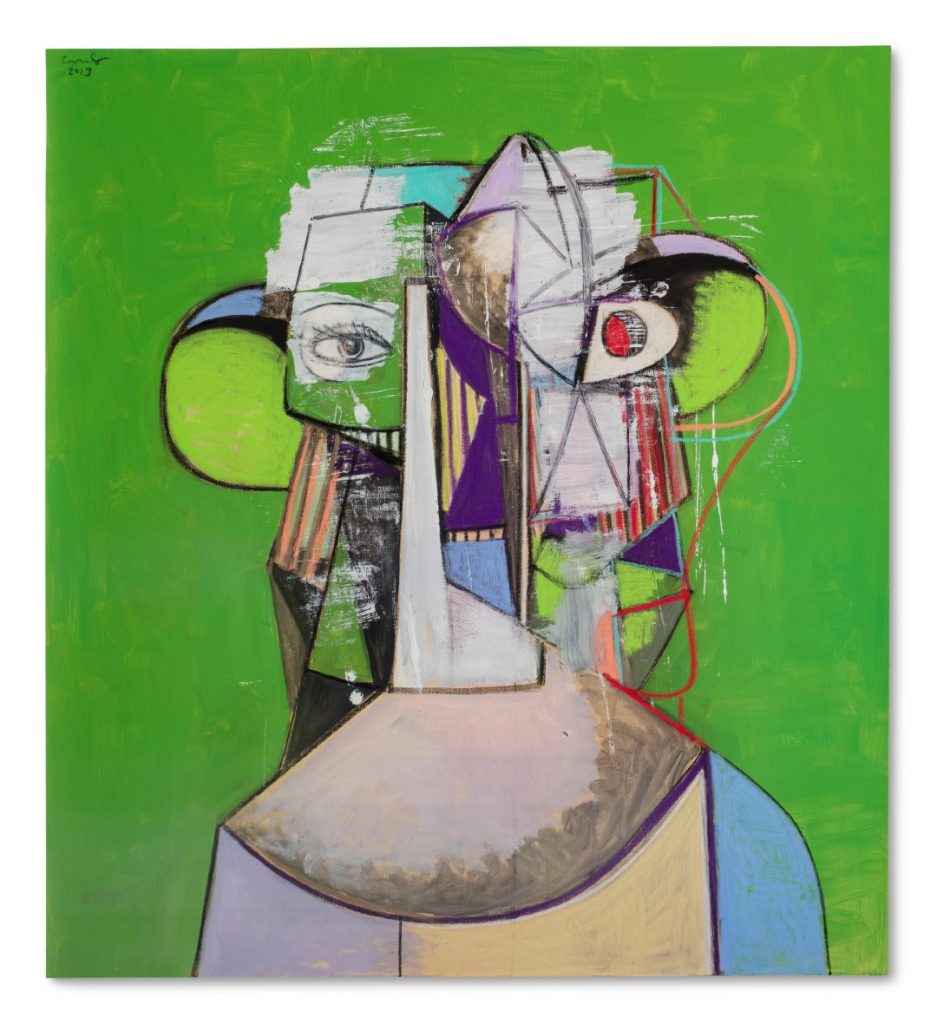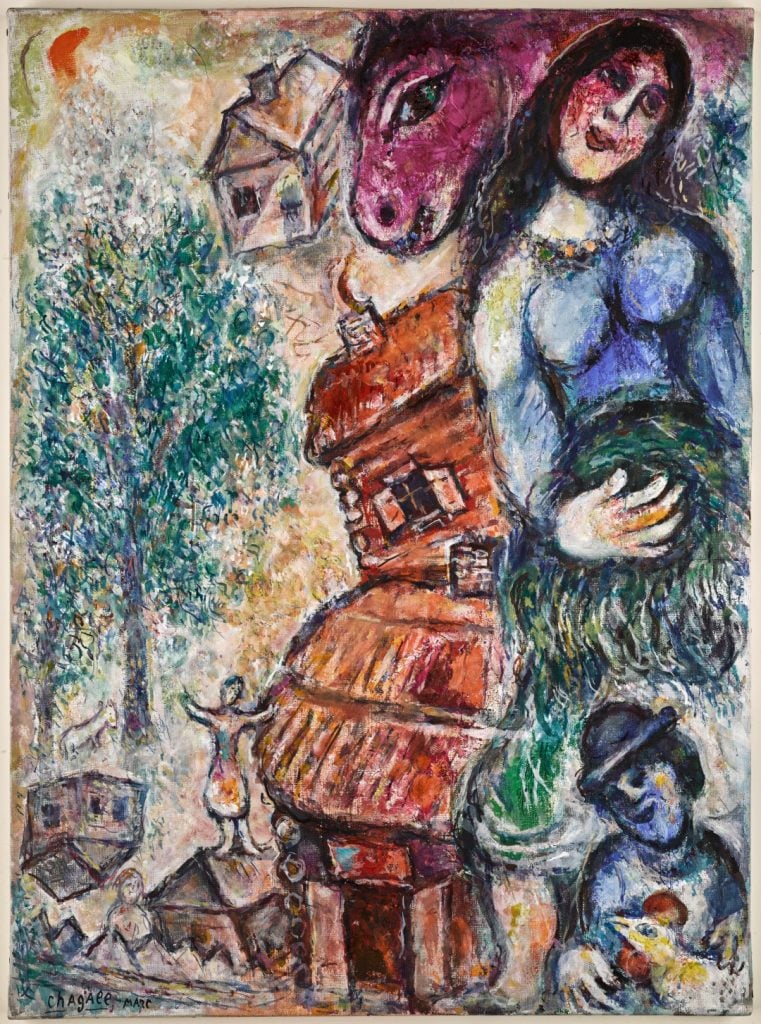Should a single Damien Hirst painting cost more than an entire Old Masters sale? Why does Adrian Ghenie’s auction record stand higher than Frida Kahlo’s? The strange, fickle, largely subjective nature of art valuation is one of the industry’s most enduring enigmas—and sources of complaint. To analyze what’s behind some of the confounding prices in the art market, in our series “This or That” we ask experts to compare two very different works of art offered at comparable prices.
London auction week is here, and the major houses are teeming with trophy works by blue-chip names as well as fresh material from the hottest emerging stars. The broader financial markets are in turmoil, throwing expectations into doubt—but even before that, a sale like this is full of plenty of puzzles.
This week, we spoke with Wendy Goldsmith, an art advisor and founder of Goldsmith Art Advisory. We asked her to compare two offerings from Sotheby’s upcoming evening sales, “The “Now” and “Modern and Contemporary:” contemporary painter George Condo’s Green Head Composition (2013), estimated at £1.5 million to £2 million, and modernist master Marc Chagall’s Paysage à l’Isba (1968), which carries an identical estimate.
Here’s what she said.

George Condo, Green Head Composition (2013). Courtesy Sotheby’s.
This or That? If we’re talking about market considerations, I would have to say, it’s the Condo hands down.
On aesthetic considerations: There are two completely different feelings to these works, with the Chagall being much more delicate and intimate, so the aesthetic decision would very much be down to the client. The Condo has extraordinary wall power. It’s larger, impactful and, as ever, Condo’s vivid palette knocks you right between the eyes.
The Chagall is perhaps less appealing to a new collector. This work is on a smaller scale than the Condo and much more traditional in style, with all the trademark symbolism of the artist’s past. Personally, I’m drawn to the colors of this example. These hues are not the usual “decorative and screaming” primary colors, as the artist pointed out himself. Instead, Chagall uses a much more sophisticated and translucent palette during this period of various commissions for stained glass in the windows of public buildings, including the United Nations.
On market considerations: The holy grail of Condo are his “Drawing Paintings,” executed from between 2012-13, which were usually complex compositions of intertwined figures. We’re a little bit later here, although this is still a very strong period for the artist and a great example of one of his heads, which exemplifies the artist’s trademark “Psychological Cubism.” Condo also has a wonderful knack for being able to take every artist and somehow make it his own, being derivative and unique at the same time. I can’t think of any other artist that can make that claim. And finally, you have this whole bridge between abstraction and figuration. (This fabulous palette is very commercial too—I’m a great fan of green, especially with these wonderful, lush flashes of purple).
Chagall too has a strong market—but within limited nationalities. With Condo, the demand for the artist, spread across almost every buying region, is literally insatiable. Another aspect regarding Condo commercially is that he is prolific yet, counter-intuitively, that often makes a market. Still, some works are superior to others and with this picture, when the shakeout of his market finally comes, it is one that will rise to the top. A major work by the artist continues to be an essential ingredient of any top collection, and I don’t see that changing for the foreseeable future. He’s about as blue chip as it gets. You look at one of Condo’s paintings, and it could be by no one else. I don’t think the depth of the market is there for Chagall, or ever will be. He simply isn’t sexy enough for the new world order of buyers.

Marc Chagall, Paysage à l’Isba (1968). Courtesy Sotheby’s.
On the price: I think the Chagall will sell within its estimate—it’s still a very elegant work by one of the masters of the 20th century.
With the recent Asian museum and gallery shows for Condo, where his work is virtually impossible to access on the primary market, this piece is looking like very good value and could certainly exceed the high end of the estimate on the day, although probably not by too much. The current primary canvases cost around $2 million, with the larger ones towards $3 million, and while they’re no longer as dramatic and cubist in style, the demand for these paintings continues to be insatiable. For that kind of money, I’d much rather have a coveted 2013 head.
![Left, George Condo, Green Head Composition [detail] (2013). Courtesy Sotheby's. Right, Marc Chagall, Paysage à l’Isba [detail] (1968). Courtesy Sotheby's. Left, George Condo, Green Head Composition [detail] (2013). Courtesy Sotheby's. Right, Marc Chagall, Paysage à l’Isba [detail] (1968). Courtesy Sotheby's.](https://news.artnet.com/app/news-upload/2022/02/condo-chagall-comparison-1024x551.jpg)








